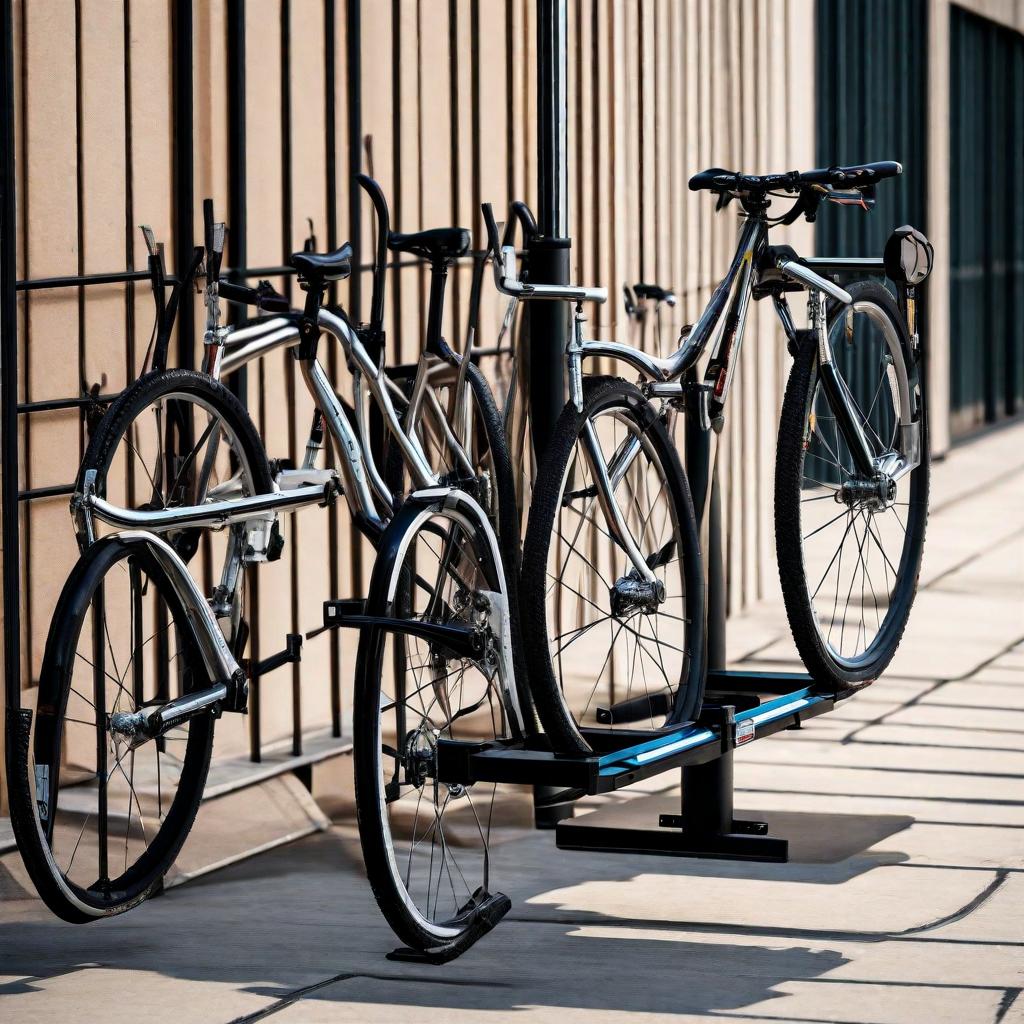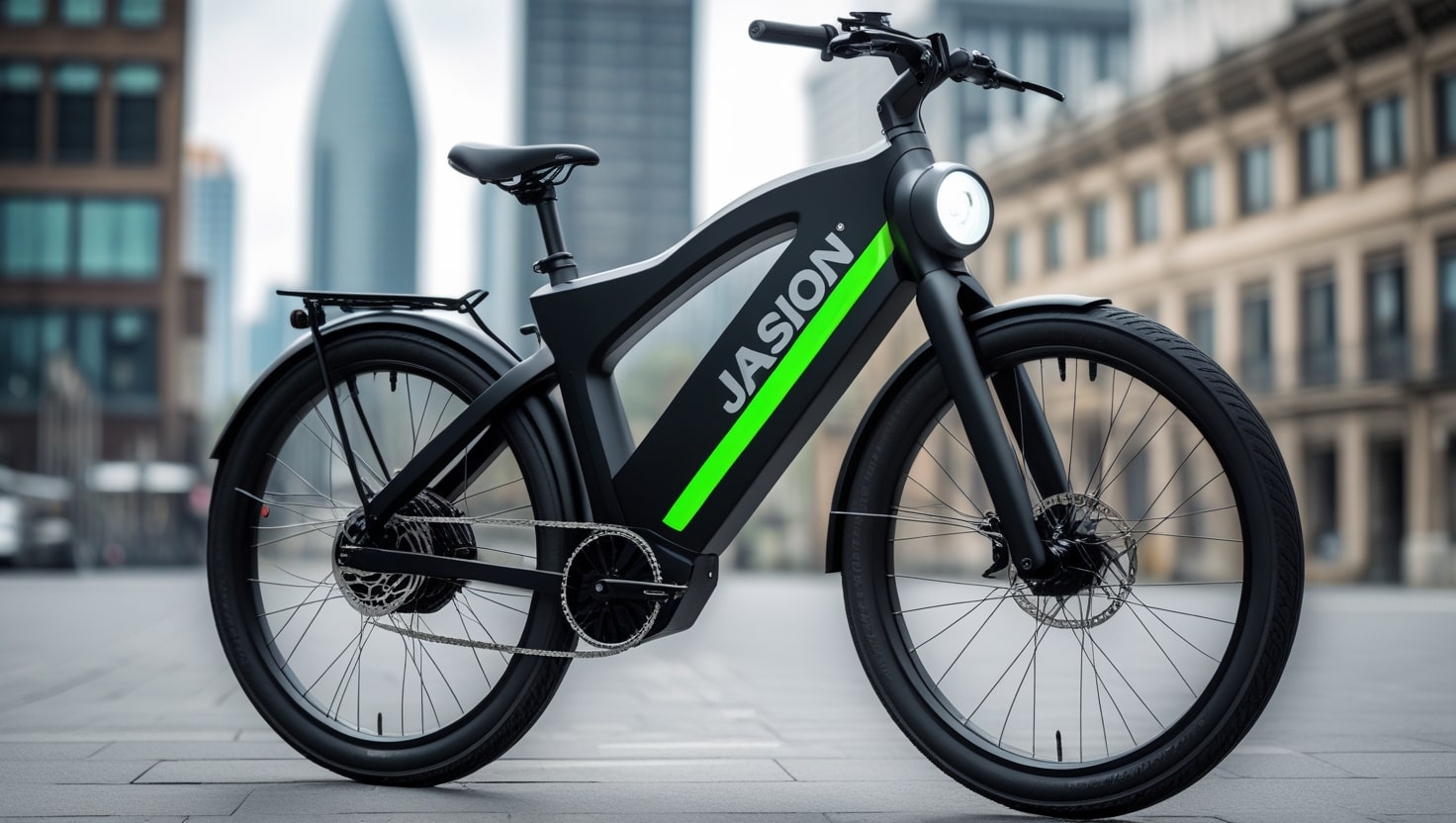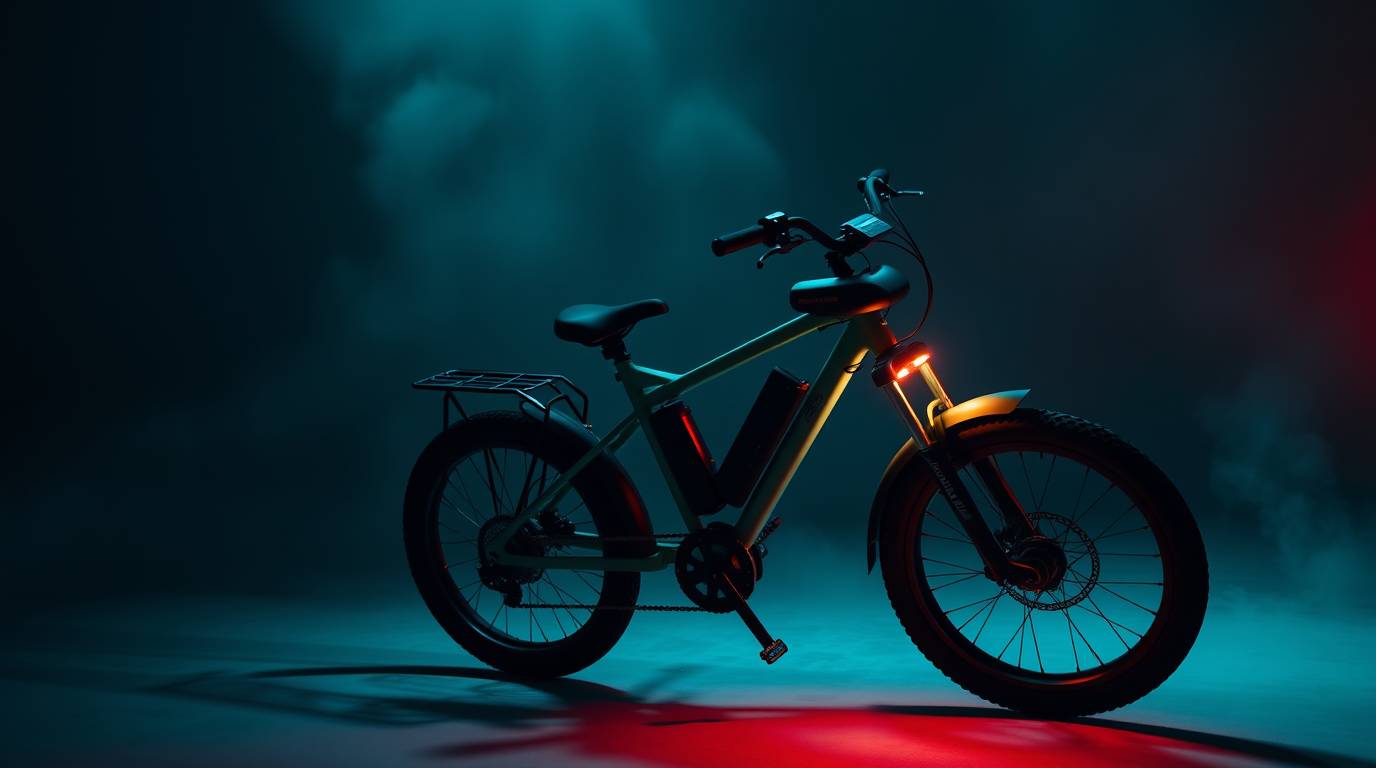Storing your bike outside can be a common challenge for many cycling enthusiasts who lack indoor space. The key to outdoor storage is ensuring that your bicycle remains safe and in good condition, even when it faces exposure to the elements like rain, snow, and sun. Understanding how to store bikes outside properly will help you protect them from potential security risks such as theft. For those living in urban areas with a balcony or in the suburbs with a yard, finding the right solutions is essential. By using smart, space-saving solutions and practical tips, you can safeguard your bike and keep it secure and in peak condition for your next ride.
When storing your bike outside, it’s important to shield it from harsh weather and deterring theft. Consider using a sturdy cover to protect it from rain and snow, and always lock it securely to a fixed object to minimize risks. Whether you’re an urban rider or a suburbanite, finding the right storage solutions will keep
Benefits of Outdoor Bike Storage
Opting for outdoor bicycle storage offers numerous perks, especially for those with limited indoor space. By keeping bikes outside, you free up valuable square footage within your home, which not only declutters your living area but also adds a sense of organization to your abode. Having your bicycle readily accessible outdoors encourages more regular cycling by eliminating the hassle of navigating tight indoor spaces. This makes the decision to ride more spontaneous and convenient, turning a simple storage solution into a true lifestyle enhancer.
The convenience of seeing your bike every day beckons you to embrace the next adventure on the open road. This setup not only acts as a space-saver but also promotes a healthier lifestyle by making it easier to choose a ride whenever the mood strikes. In essence, outdoor bike storage transforms your daily routine, making it an integral part of your life and improving the overall functionality of your living space.
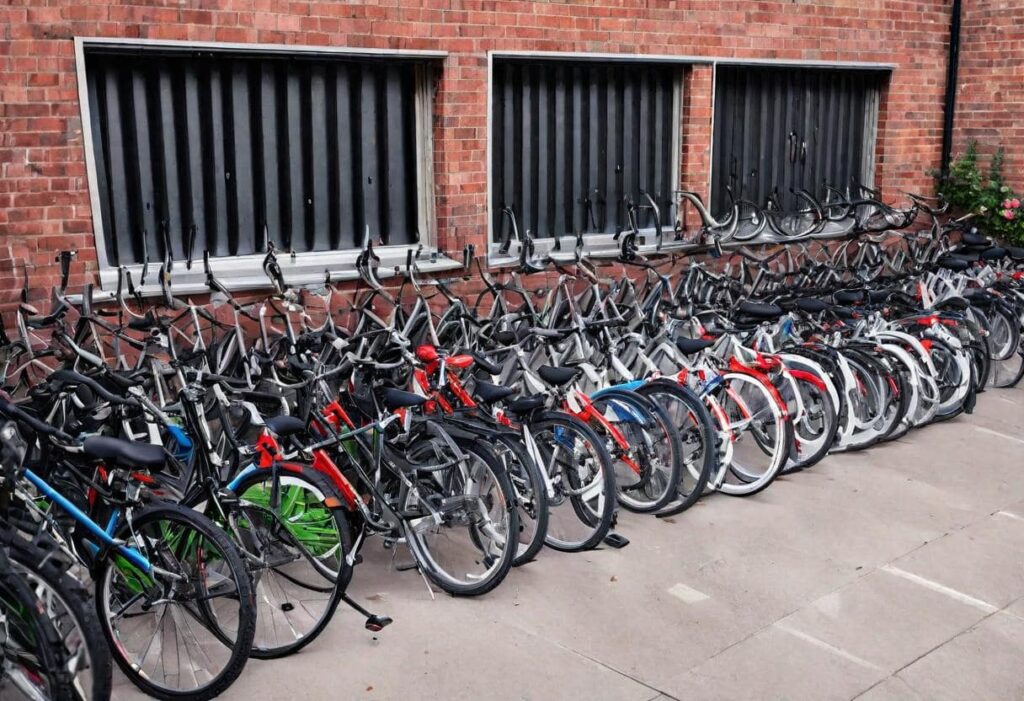
How to Choose the Best Outdoor Bike Storage?
When choosing the best outdoor bike storage, consider these aspects:
Storage Space
Finding the ideal outdoor bicycle storage solution means looking for ample space that can accommodate your bike’s dimensions while providing easy access. A garage can be a spacious and secure option, but if space is at a premium, consider a dedicated bike shed or a compact bike storage unit. These options are both effective at keeping your bike safe and organized.
Bike Weight
The weight of your bike influences the type of storage you need. Heavier bikes require robust storage solutions that can support their weight without strain. Wall-mounted racks or floor stands are great for these heftier models, ensuring they stay secure and don’t tip over.
Wheel Size
When considering vertical storage options, the size of your wheels matters. It’s important to ensure that the storage solution can accommodate the diameter of your bike’s wheels. This is crucial for maintaining your bike’s condition and preventing any warping or damage while it is stored. Proper storage keeps your bike in good shape and ready for the next ride.
Security
Security is paramount when your bike is stored outside. To protect it, choose outdoor storage that is theft-deterrent with solid locks or a padlock. Consider additional security measures like anchoring the storage to the ground and installing motion-sensor lights to ward off potential thieves. Proper security ensures your bike stays safe and secure.
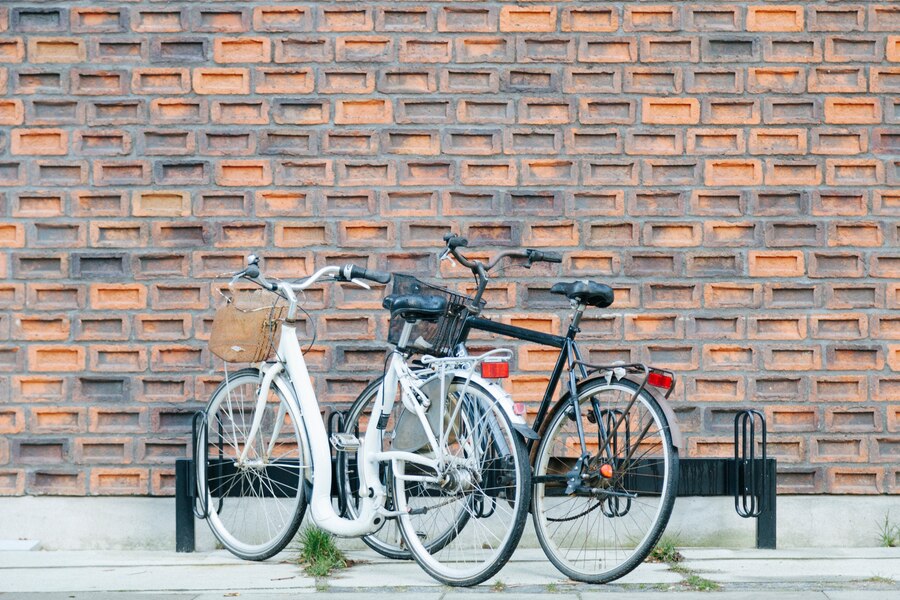
What Security Measures Should You Take for Outdoor Bike Storage?
Securing your bike against theft is just as important as protecting it from weather damage. Here’s how you can enhance the security of your outdoor bike storage.
How to Secure Your Bike Against Theft?
There are several strategies to keep your bike safe from thieves:
- Lock Your Bike: Always lock your bike, even if you’re leaving it for just a few minutes.
- Choose Secure Locations: Park your bike in well-lit, high-traffic areas.
- Use Multiple Locks: Employ a combination of locks to secure different parts of your bike.
What Types of Locks Are Most Effective for Outdoor Use?
Choosing the right locks can deter potential thieves:
- U-Locks: These are strong and difficult to break, ideal for high-theft areas.
- Chain Locks: Thick, heavy-duty chains provide excellent security and flexibility.
- Folding Locks: Compact and portable, these locks are convenient without compromising security.
Are There Additional Security Devices That Can Be Used?
Enhance your bike’s security with additional devices:
- Alarm Systems: Bike alarms can deter thieves with loud sounds when tampered with.
- GPS Trackers: These devices help locate your bike if it gets stolen.
- Security Cameras: Installing cameras around your storage area can discourage theft and help identify thieves.
How to Maintain Your Bike When Stored Outside?
Regular maintenance is essential to keep your bike in good working condition, especially when stored outside. Here’s how to maintain your bike properly.
What Regular Maintenance Should Be Performed on a Bike Stored Outside?
Routine checks and maintenance tasks can prevent long-term damage:
- Inspect for Rust and Corrosion: Regularly check metal parts for rust and address it promptly.
- Check Tire Pressure: Ensure your tires are properly inflated to avoid damage from prolonged pressure changes.
- Lubricate Moving Parts: Keep the chain, gears, and other moving parts well-lubricated to prevent wear and tear.
How Often Should You Clean and Lubricate Your Bike?
Cleaning and lubrication schedules depend on usage and weather conditions:
- Weekly Cleaning: If you ride frequently, clean your bike weekly to remove dirt and grime.
- Monthly Lubrication: Apply lubricant to the chain and moving parts at least once a month, or more often if riding in wet conditions.
Are There Specific Products That Help Maintain Bikes in Outdoor Conditions?
Using the right maintenance products can enhance your bike’s longevity:
- WD-40 Bike Chain Lubricant: Excellent for keeping the chain smooth and rust-free.
- Muc-Off Bike Cleaner: Effectively removes dirt and grime without damaging bike components.
- Park Tool Maintenance Kit: A comprehensive set of tools for all your bike maintenance needs.
Can You Use Indoor Bike Storage Solutions Outside?
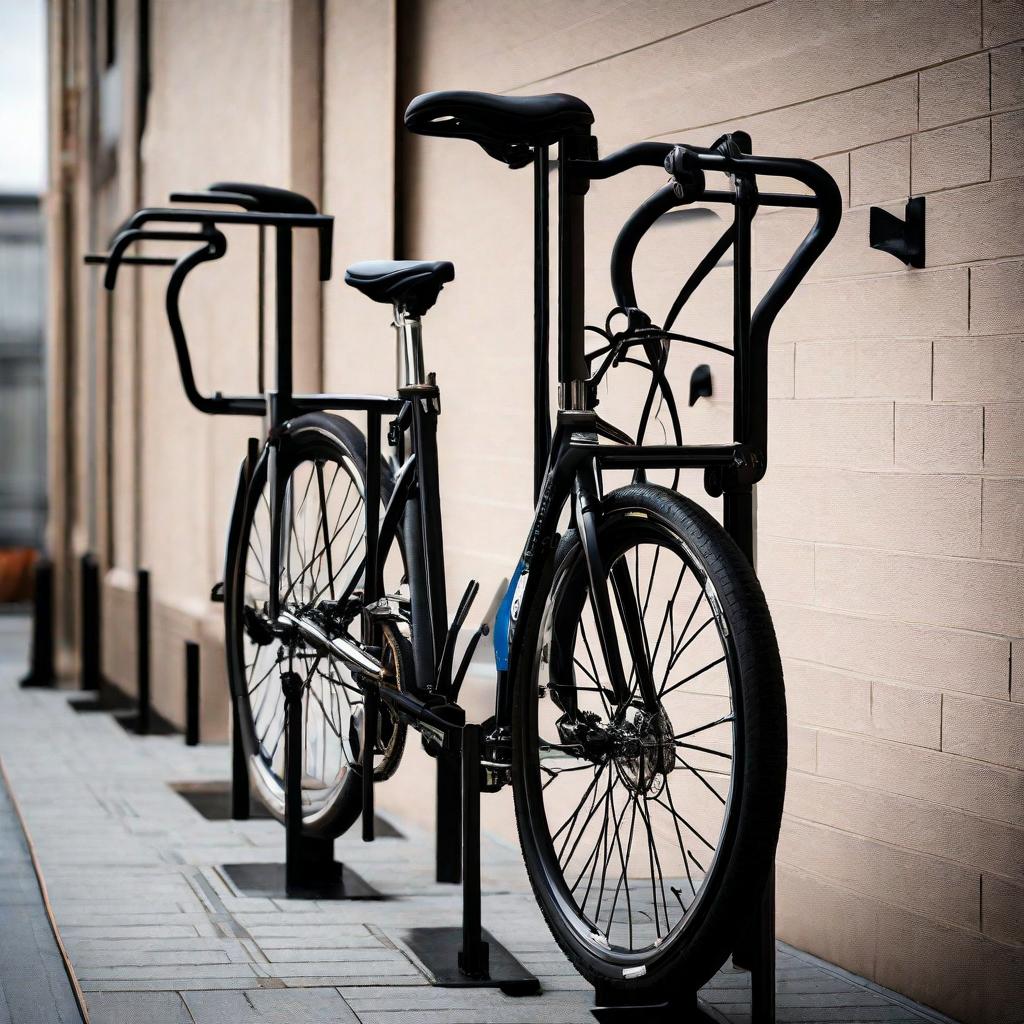
When it comes to storing bikes outside, some cyclists might wonder if indoor bike storage solutions can be adapted for outdoor use. Let’s explore the pros and cons, necessary modifications, and how these solutions compare to traditional outdoor storage.
What Are the Pros and Cons of Using Indoor Storage Solutions Outdoors?
Using indoor storage solutions outdoors has its advantages and disadvantages:
Pros:
- Cost-Effective: Repurposing existing indoor solutions can be more affordable than buying new outdoor-specific storage.
- Readily Available: Indoor storage solutions like hooks and stands are often easier to find and purchase.
- Flexibility: Many indoor solutions can be adapted to fit various spaces and configurations.
Cons:
- Durability: Indoor solutions may not be designed to withstand harsh weather conditions.
- Limited Protection: They might not offer the same level of protection against elements and theft as outdoor-specific options.
- Potential for Damage: Using indoor solutions outside without proper modifications can lead to quick wear and tear.
Are There Modifications Needed to Make Indoor Solutions Work Outside?
Yes, several modifications can make indoor storage solutions suitable for outdoor use:
- Weatherproofing: Apply weather-resistant coatings or paints to protect against rust and UV damage.
- Stability Enhancements: Secure hooks and stands with additional anchors or supports to withstand wind and other outdoor conditions.
- Protective Covers: Use heavy-duty covers to shield indoor storage units from rain, snow, and sun exposure.
Conclusion
Proper outdoor bike storage is essential for protecting your bike from weather and theft. We explored the risks of improper storage, effective storage solutions, weather protection methods, security measures, and maintenance tips. Additionally, we examined the feasibility of using indoor storage solutions outdoors and necessary modifications. By following these best practices, you can ensure your bike remains in excellent condition and secure, no matter where you store it. Choose the right storage option that fits your needs and enjoy worry-free cycling. Stay informed, stay protected, and keep your bike ready for your next adventure.
FAQs
Is it cheaper to paint or wrap a motorcycle?
In general, wrapping a motorcycle tends to be cheaper than painting it. While the initial cost of purchasing vinyl wrap material and hiring a professional installer may vary depending on the size and complexity of the bike, it often costs less than traditional painting. Additionally, wrapping offers the advantage of being reversible and less labor-intensive compared to painting, which can involve extensive preparation, priming, and drying time.
Is it cheaper to wrap or paint a bike?
Wrapping a bike is typically more cost-effective than painting it. Wrapping allows for customization with various colors, patterns, and graphics at a fraction of the cost of traditional painting. Additionally, wrapping provides a protective layer against scratches, UV rays, and other environmental damage, preserving the original paintwork underneath. While painting may offer a more permanent solution, it often requires more time, labor, and expense, making wrapping a more budget-friendly option for bike customization.
How long does motorcycle wrap last?
With proper care and maintenance, a motorcycle wrap can last anywhere from three to seven years. Factors such as exposure to sunlight, harsh weather conditions, and regular wear and tear can affect the lifespan of the wrap. To prolong its durability, it’s essential to clean the wrap regularly using mild soap and water, avoid using harsh chemicals or abrasive cleaners, and protect the bike from prolonged exposure to sunlight by parking it in a shaded area or using a cover.
What is the cost of wrapping a bike?
The cost of wrapping a bike varies depending on several factors, including the size and complexity of the bike, the type and quality of the wrap material, the design complexity, and the labor costs. On average, a basic bike wrap can cost between $500 to $1,000, while mid-range wraps with custom colors or graphics may range from $1,000 to $2,000. High-end wraps featuring premium materials or intricate designs can cost $2,000 to $5,000 or more. It’s recommended to get quotes from multiple wrapping professionals to compare prices and services and choose the option that best fits your budget and aesthetic preferences.

